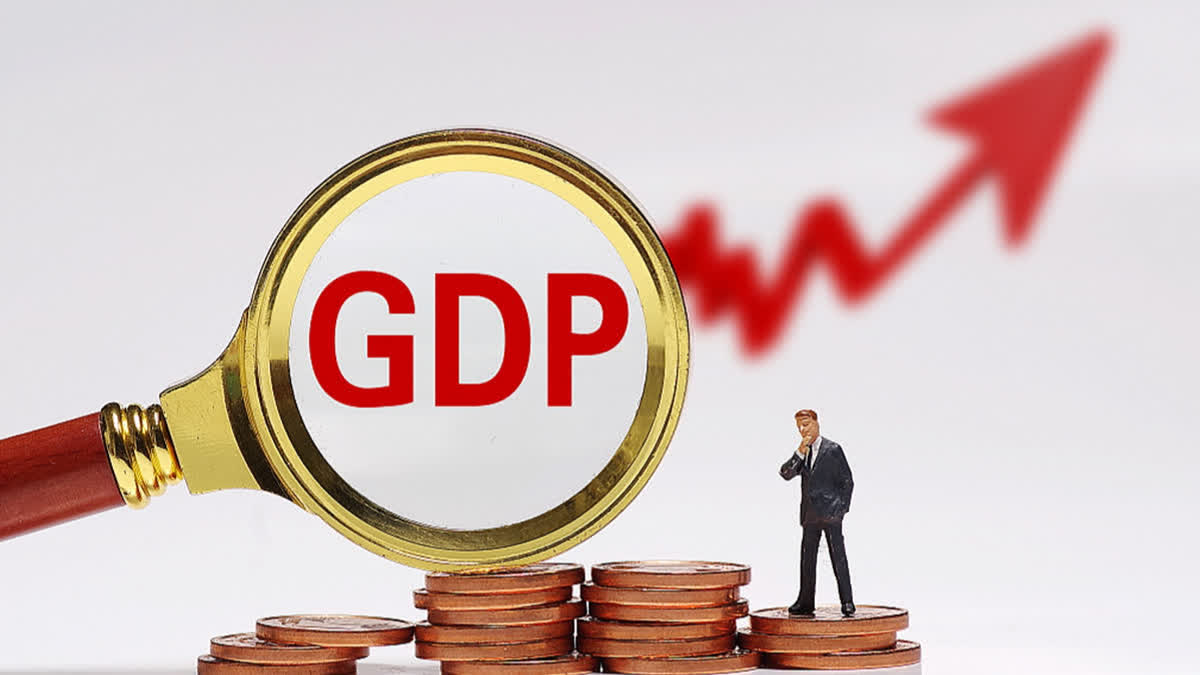New Delhi: Despite a challenging global environment caused by the Russia-Ukraine war and recessionary pressures caused by extremely tight monetary policy in advanced economies such as the USA and European countries followed by their central banks to control run-away inflation, the Indian economy is expected to surpass the earlier forecasts and set to grow at above 8 per cent in the first quarter of the current financial year, showed analysis by the SBI Research team.
European and American Central Banks have tightened monetary policy to battle sky-high inflation in countries such as the USA and UK, important trading partners of India which not only led to the spectre of a global recession but it has also affected economies of developing economies such as India and China.
That is why the International Monetary Fund (IMF) has cut the global GDP growth forecast in its latest report from an earlier projection of 3.5 per cent to 3 per cent both for the current year and the next year. However, an analysis of 30 high-frequency data sets by the State Bank of India’s economic research team showed the resilience of the Indian economy which is set to emerge as a bright spot among all the major economies including China.
In the first three months of the current financial year, the April-June 2023 period, economic activity remained resilient in the first quarter of FY 2023-24, mainly due to the solid performance of the services sector, the biggest contributor to India’s economy.
A report by State Bank of India’s Group Chief Economic Adviser Soumya Kanti Ghosh noted that it was in sharp contrast to IMF’s latest forecast estimating global growth to fall from 3.5% in CY22 to 3% each in CY23 and CY24 with rapid rate hikes by central banks to fight sticky inflationary trends weighing on economic activity.
Talking about the global economy, Ghosh said non-services sectors, including manufacturing, have shown weakness, and high-frequency indicators for the Q1FY24 point to a broader slowdown in activity. Moreover, the gross fixed capital formation (GFCF) and industrial production have slowed sharply or contracted in major advanced economies, dragging international trade and manufacturing in emerging markets as a corollary.
As a result, the balance of risks to global growth remains tilted to the downside as extreme climatic events and enhanced geopolitical tension further increase the risk of a global slowdown.
India, a bright spot
Despite global challenges such as the Russia-Ukraine war, extreme climatic conditions caused by the El-Nino and a slowdown in major trading partners of India, the IMF has projected India’s growth at 6.1 per cent in 2023. It is an increase of 20 basis points compared with the IMF’s April projection which is mainly due to stronger-than-expected growth in the fourth quarter of 2022 as a result of stronger domestic investment.
The momentum gathered by the country’s economy in the last three months of the previous financial year (April 2022-March 2023 period) appears to have sustained itself in the first quarter of the current financial year as well. It reflects in the manufacturing sector as shown in better factory output data measured as the Index of Industrial Production (IIP).
The improved performance of the manufacturing sector is also reflected in improved automobile sales and purchasing managers’ index (PMI) data. Moreover, agriculture sales have been strong and the power supply has been high.
